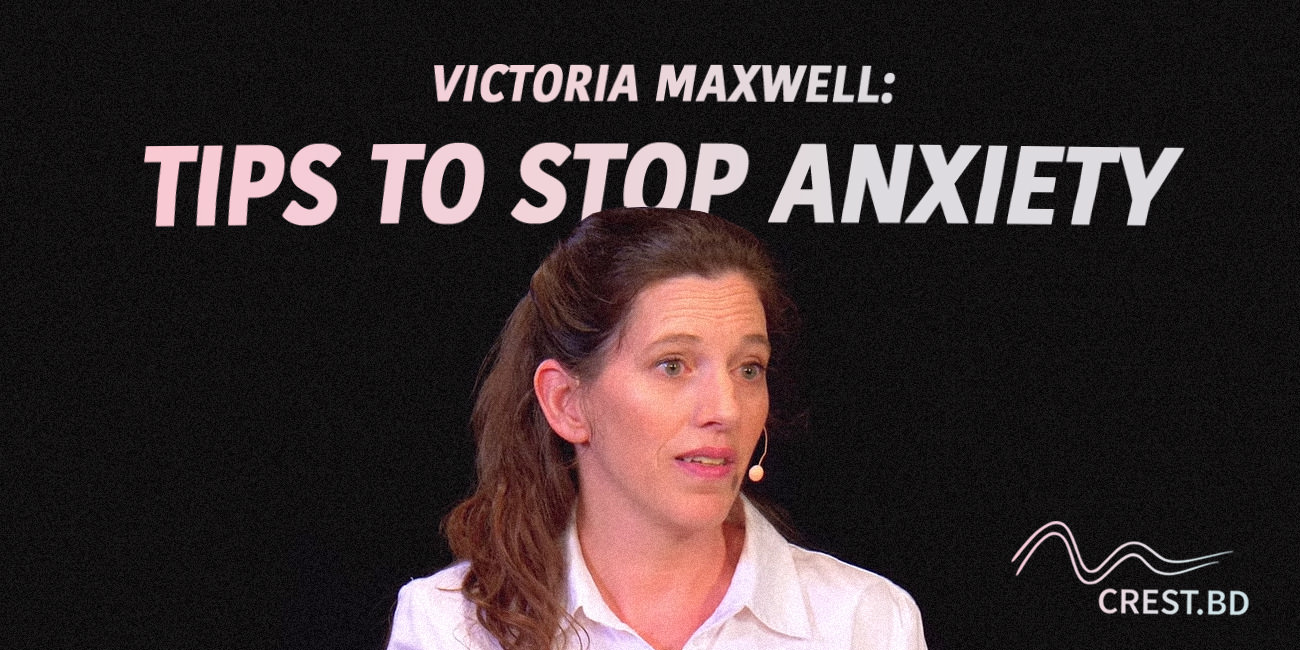This year has been, for lack of a better and more polite phrase, one gigantic sh*% show.
New strain of COVID! Lockdowns! Mr. Rogers! When I hear these things, my anxiety can skyrocket. Ok, maybe not with Mr. Rogers.
How are YOU? That’s a loaded question nowadays, isn’t it? I’ve been thinking about you; hoping you’ve had some time to rest and recharge, even if for only half a day.
Over these months, to maintain my sanity (and help my husband’s!), I’ve been practising new and old strategies to support good mental health. Some have helped, some haven’t. I’m going to share with you one of my favorite and most effective strategies that helps with the struggle of stress and anxiety. These tools aren’t overnight fixes. I practice these over and over again. And I’ve made a short video to go with it.
It’s important to note, when I’m extremely overwhelmed with anxiety or emotions, these techniques won’t cut it. However, this e-book describes tools from the same psychological approach that can help with the more extreme “emotional storms.”
First time experiencing anxiety or depression? You’re not alone.
My mental health, like most peoples’, has fluctuated wildly during 2020. With actual diagnosable mental illnesses, I’ve seen my symptoms jump out of the woodwork more intensely and more often. You’re not alone if this has been happening to you.
You’re also not alone if, for the first time, you’re experiencing symptoms of an anxiety disorder or clinical depression. Many people have. Over 50 percent of North Americans have reported their mental health has worsened since the pandemic1,2. More than 1 in 3 Americans reported symptoms of anxiety and depressive disorder in 2020 compared to 1 in 10 in 20192. Talk about being in this together.
It’s important to know your experience isn’t an anomaly and somehow, you’re like, the weird one. You’re not. Weird. Unless, of course, you were wonderfully weird to begin with. By the way, weird people are my people.
With practice, these tools work well to lessen my wobbliness in the face of anxiety.
These tools lessen my struggle and wobbliness in the face of anxiety and uncertainty. I hope it will for you too. Note: I didn’t say it necessarily removed my anxiety.
The approach comes from a book, The Happiness Trap by Russ Harris. I recommend it to anyone who wants to find a way to live more easily with the stress, anxiety and uncertainty many of us are experiencing right now. (Oh, and the book title ISN’T backwards like I said it would be in the video!)
Acceptance and Commitment Therapy.
Based on Acceptance and Commitment Therapy (ACT), it’s not about getting rid of uncomfortable feelings and thoughts, but to stop struggling with them; then taking meaningful action based on your values. The beauty of this approach is that it’s not about changing how I feel. Quite the opposite. It’s about having a direct experience of accepting my feelings. As a result, they may decrease, but that’s not the point of the exercises.
Defusion and expansion.
The two components to stop struggling are using “defusion” techniques for thoughts and “expansion” tools for feelings. I explain each in the video. Then, regardless of whether the feelings or thoughts have changed, the next step is to take action based on my values. This way, I don’t get caught up in “the forest of anxiety and fear” but take steps into the life I would like to build based on what I find important (my values).
An example:
I start having anxious thoughts when a client cancels work with me. I become knee-deep in and full-on stuck with these thoughts. The thoughts may go something like:
“All my clients are going to cancel now. I don’t really offer any value to my clients anyway. My business is going to collapse. I know it. I won’t have enough money in the bank for bills. Only for the next two months. That’s not enough… how am I going to survive without work?”
Sound at all familiar? Maybe you have a similar loop but a different topic (i.e.: friends, dating, body image).
What does defusion look like exactly?
“Defusion” involves techniques to help me “un-fuse” from those thoughts; get a little distance from them. Some techniques might seem silly or strange, but you’d be surprised what can work. And that’s what you do — find ones that are effective for you. Some are: singing the thoughts; thanking my mind for sharing; putting a funny voice to the thoughts; labeling the story that the thoughts are attached to. These are just a few. Google “defusion” techniques and you’ll find lots more.
My favourite methods are to sing my thoughts (as you’ll cringingly see in the video) or thanking my mind. As I do that, I usually see that they are just thoughts, a stream of words I don’t have to take so seriously. There becomes breathing room between them and me.
The thoughts sometimes leave or lessen, sometimes they don’t. Doesn’t matter. What matters is that I’m not struggling with them and trying to stop them, argue with them or any other means of trying to control them.
What is this expansion technique, really?
“Expansion” is where I work with the difficult emotions and physical sensations to get “comfortable with the discomfort.” I identify where the uncomfortable feeling is and observe it with curiosity, noting its qualities. Then I breathe into it. Then I open up space around the feeling in order for it to just “be.” It’s more or less allowing it to just be. I may want to push it away or ignore it, but I continue to observe, breathe, expand and allow. It might change, it might not. Change isn’t the goal, allowing it to be is the aim.
The example with the “twitchy” emotions generated by the scenario above would go something like this:
I identify that the anxiety is in my gut, right below my belly button. I observe it: It’s solid, and tight, pulses a bit. I see it as a red, glowing blob moving around my tummy area. I breathe into it and around it, gently sending my breath into my navel area where the sensations are present. Then I, in the way that I understand it, open space around emotion. I keep giving it space and more space if it needs it, doing my best to allow it to be there.
Sometimes the feeling changes, moves on, often it doesn’t.
Take meaningful action tied to values.
Regardless of whether the thoughts and feelings have shifted, I connect with a value or value(s) and choose a meaningful activity. There’s a lot more to action and values than I can write in one post. That’s why I’d suggest reading Russ Harris’s book and exploring his website and videos.
Using the work-related example above, taking value-driven action would look something like this:
Two of my values are responsibility (according to Harris’s list of values: “to be responsible and accountable for my actions”) and persistence (“to continue resolutely, despite problems or difficulties”).
Despite whether the difficult feelings and thoughts are there, I choose to do a meaningful work task. It could be writing a blog post that I’ve been procrastinating (like this one), or following up with a client that mentioned an interest in having me speak at a virtual conference. It’s important I do something that is significant to me because it offers a chance to have a sense of accomplishment and pride (and perhaps with those feelings of worry).
The ACT approach helps me “be with life” and get on with life at the same time. That’s valuable to me. I hope it is to you too.
Comment below about your thoughts about this or your experience with expansion and defusion if you’ve used it.
If you like this approach, take a look at Russ Harris’s free resources, click here. Or for The Happiness Trap book, click here.
© Victoria Maxwell

Victoria Maxwell
About Victoria Maxwell:
victoriamaxwell.com/ / @Victoria_BPP
Since being diagnosed with BD, psychosis, and anxiety, Victoria has become one of North America’s top speakers and educators on the lived experience of mental illness and recovery, dismantling stigma and returning to work after a psychiatric disorder. As a performer, her funny, powerful messages about mental wellness create lasting change in individuals and organizations. The Mental Health Commission of Canada named her keynote That’s Just Crazy Talk as one of the top anti-stigma interventions in the country.




You got me singing from this article. And breathing and visualizing.
Now to act. Thanks & love